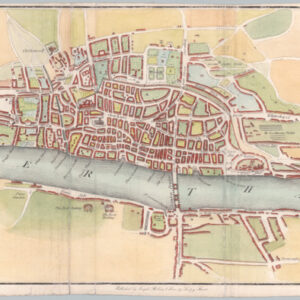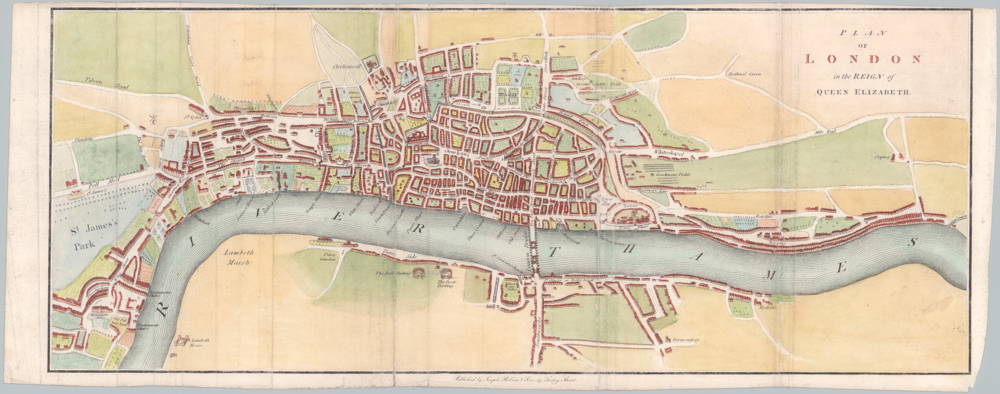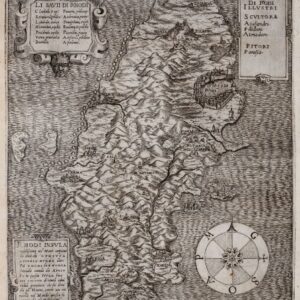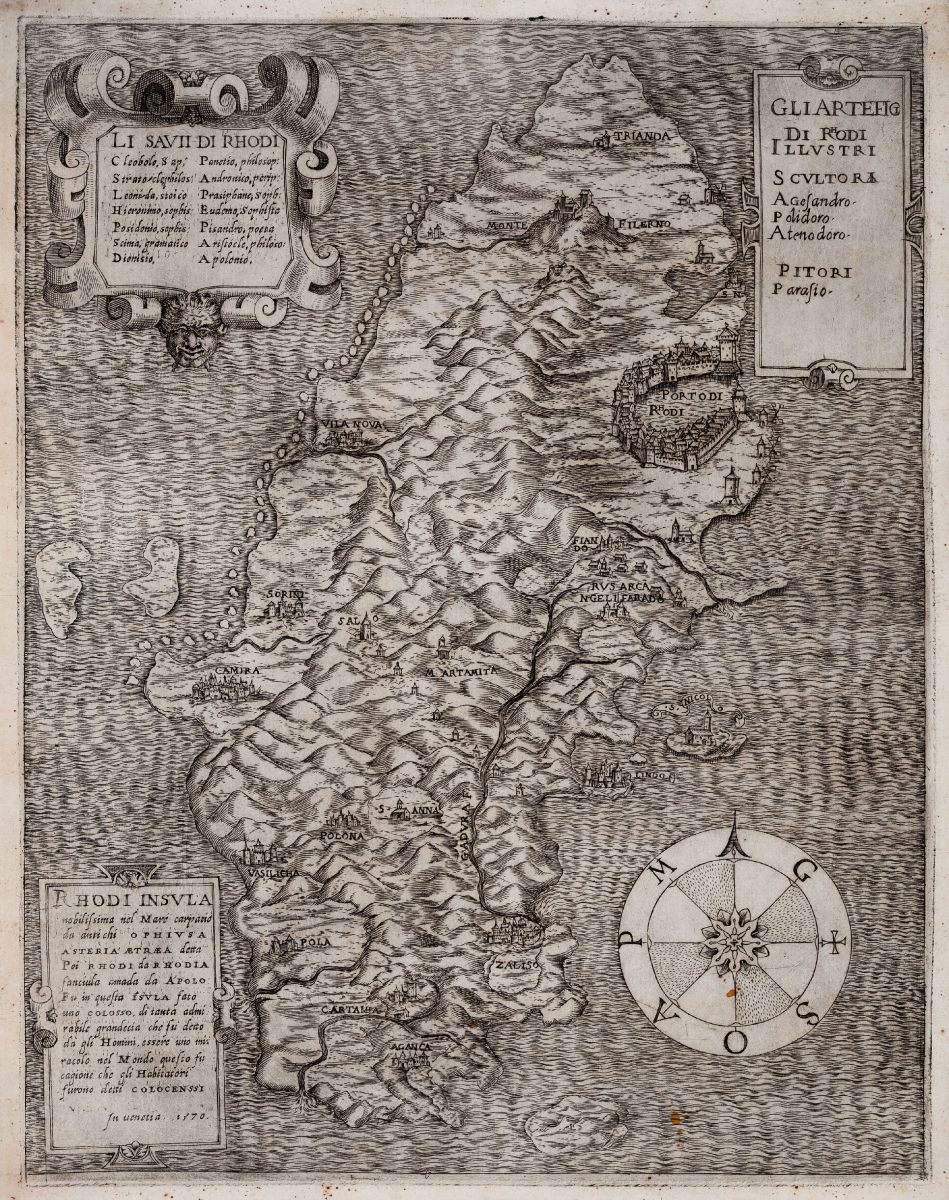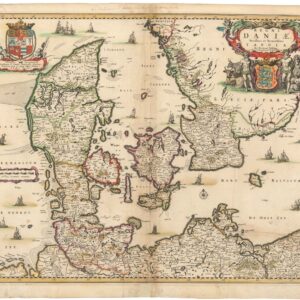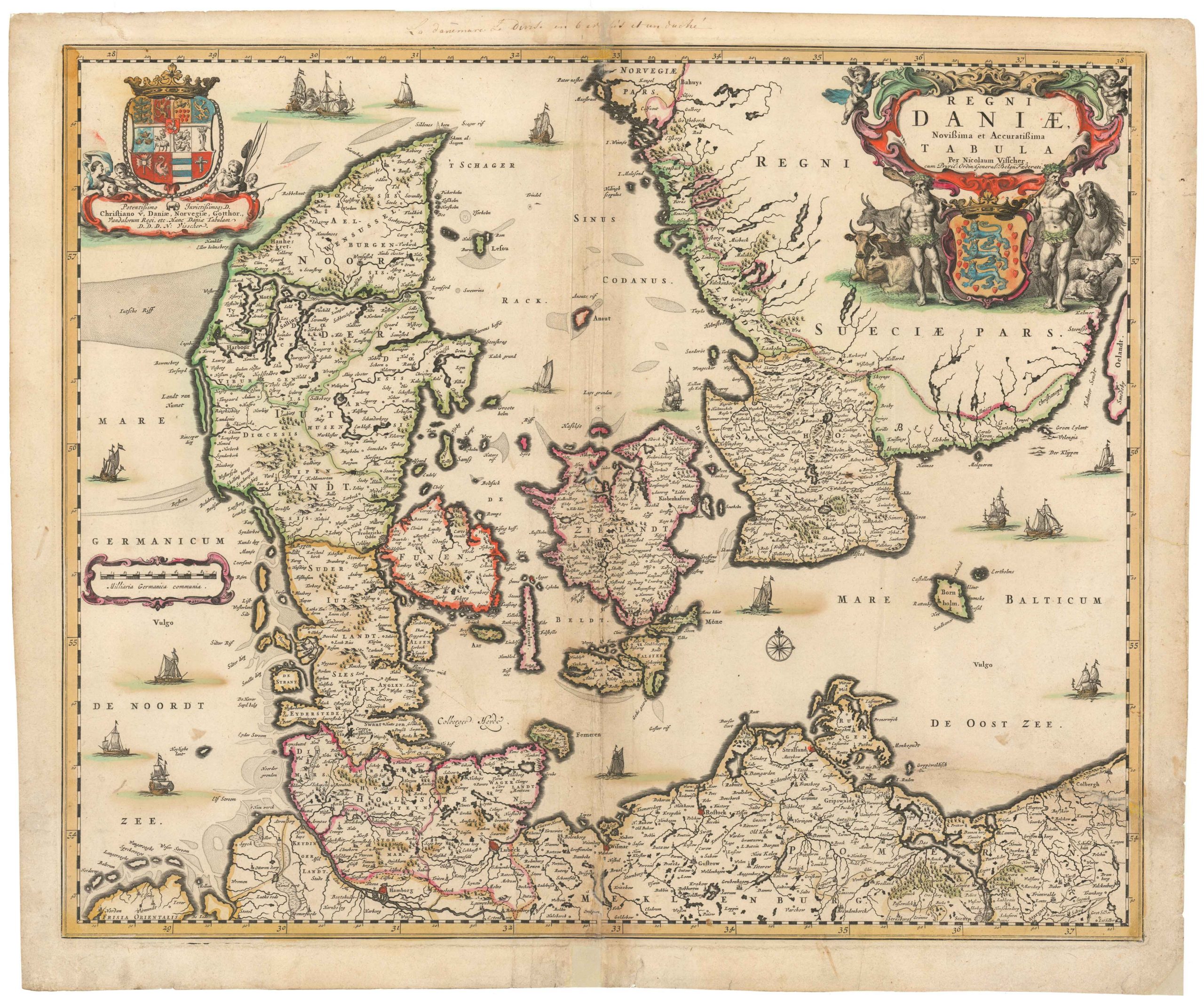A rare first state of Piranesi’s famous view of the Pantheon.
Veduta del Pantheon d’Agrippa.
$4,500
1 in stock
Description
Veduta del Pantheon d’Agrippa is a large-format etching by Giovanni Battista Piranesi, executed around 1761 and published in his renowned series Vedute di Roma (Views of Rome). The print depicts the Pantheon, one of the most iconic architectural monuments of ancient Rome, with a remarkable balance of archaeological accuracy, dramatic perspective, and Baroque theatricality.
This impression belongs to the first state of five, as catalogued by Arthur M. Hind in his 1922 critical study. The plate bears the early imprint indicating it was sold directly by the artist from his residence at Palazzo Tomati on Strada Felice in Rome.
Description
The engraving shows the Pantheon as viewed from Piazza della Rotonda. Piranesi captures the monument’s massive portico, Corinthian columns, and inscribed frieze (M·AGRIPPA·L·F·COS·TERTIVM·FECIT), leading into the rotunda beneath the vast dome. The space in front of the structure is populated with lively genre scenes—figures of merchants, travelers, beggars, and carriages—that animate the setting and ground the ancient architecture in contemporary Roman life.
Piranesi’s play of light and shadow heightens the dramatic impact of the print, with deep contrasts emphasizing the monumental solidity of the structure. The fine hatching and meticulous burin work convey the texture of weathered stone and architectural detail with exceptional clarity.
Historical Context
Although the Pantheon had been depicted in earlier guidebooks and engravings, Piranesi’s treatment elevates the subject to a monumental vision of the Roman past. Created during the height of the Grand Tour, the engraving served both as an educational artifact and a luxury collectible for aristocratic travelers and antiquarians.
The plate was included in successive editions of the Vedute di Roma, a body of work that became foundational to the modern image of classical Rome. Later impressions, including posthumous ones issued in Paris and by the Calcografia Nazionale, differ notably in quality from this first Roman edition.
Later Editions
- Posthumous Roman Editions (late 18th century): Overseen by Francesco Piranesi, Giovanni’s son; printed from worn plates, still in Rome.
- Paris Editions (early 19th century): Issued after Francesco relocated to Paris. Editions vary in quality: First Paris edition (on laid paper; Intermediate edition; Firmin Didot edition (ca. 1835–1839), printed on wove paper and with Arabic plate numbers, considered the lowest in quality.
Cartographer(s):
Giovanni Battista Piranesi was one of the most influential Italian artists and printmakers of the 18th century, known for his architectural fantasies, archaeological reconstructions, and monumental engravings of ancient and modern Rome. Born in Mogliano Veneto, near Venice, he trained in architecture and engraving before moving to Rome in the early 1740s.
In Rome, Piranesi developed a passionate interest in the ruins of antiquity, which he believed demonstrated the grandeur and technical superiority of Roman architecture over Greek models. His prints are distinguished by a masterful use of perspective and light, highly detailed renderings of architectural surfaces, and a unique blend of scholarship and imagination.
His major works include
- Vedute di Roma (c. 1746–1778): A series of over 135 etched plates depicting the ruins and cityscape of Rome.
- Carceri d’invenzione (1745, rev. 1761): A series of imaginary prisons, highly influential in Romantic and modern aesthetics.
- Le Antichità Romane (1756): A comprehensive archaeological study of Roman antiquities, issued in four volumes.
- Della Magnificenza ed Architettura de’ Romani (1761): A polemical treatise asserting Roman over Greek architectural supremacy.
Condition Description
Very good. Standard wear. Etching and burin on laid paper.
References
Series: Vedute di Roma State: First of five (Hind 60 I/V).
Publisher’s imprint: Presso il medesimo Autore nel palazzo del Conte Tomati a Strada Felice, vicino alla Trinità de’ Monti.
